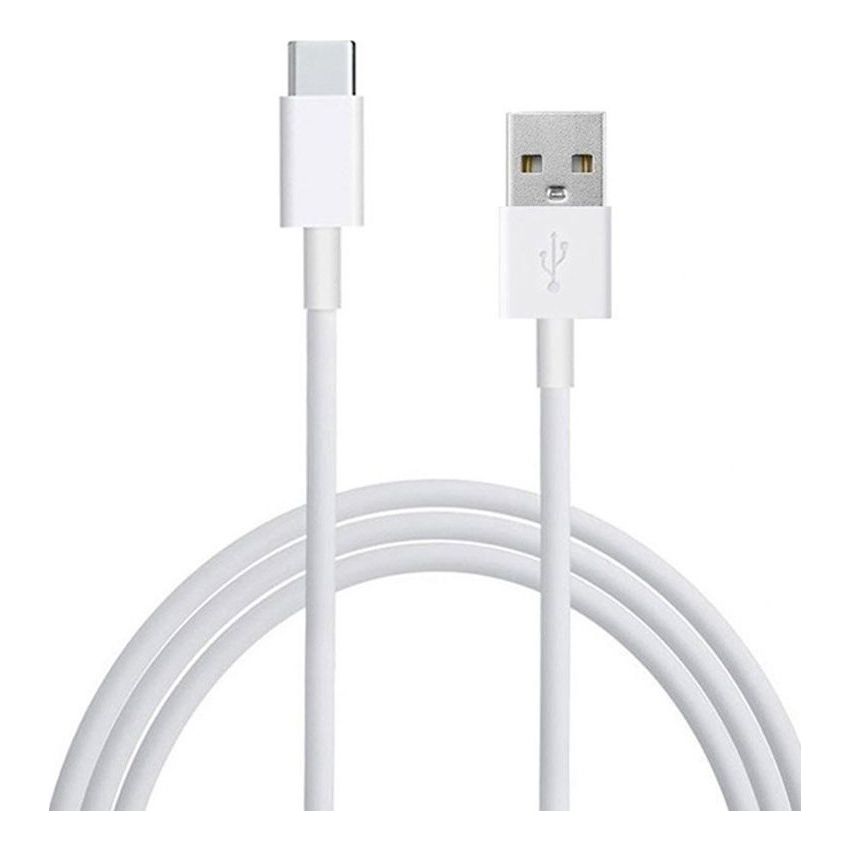Huawei Data Cable USB Type A To USB Type C
Features:
Additional Features:
- Connector Compatibility
- Data Transfer Speeds
- Charging Capabilities
- Universal Use
- Reversible Design
- Durability
- Compatibility
- Length Options
- Certifications
Additional Features:
- Connector Compatibility: USB Type A is a standard USB connector that is commonly found on computers, chargers, and other devices. USB Type C is a newer and more versatile connector that can be plugged in either way, eliminating the need to check for the correct orientation. A cable with USB Type A on one end and USB Type C on the other allows you to connect legacy USB devices to newer USB Type C ports.
- Data Transfer Speeds: USB Type C cables often support higher data transfer speeds compared to older USB connectors. USB 3.0 and USB 3.1 Gen 1 and Gen 2 standards are common in USB Type C cables, offering faster data transfer rates for tasks like transferring files, syncing devices, and more.
- Charging Capabilities: USB Type C cables can support higher power delivery for charging devices quickly. Depending on the cable's specifications, it might be capable of carrying higher wattages, which is especially useful for fast charging compatible devices like smartphones and laptops.
- Universal Use: USB Type C is becoming a standard connector for many types of devices, including smartphones, tablets, laptops, and even some peripherals. A USB Type A to USB Type C cable allows you to connect various devices together, even if they have different types of USB ports.
- Reversible Design: The USB Type C connector is reversible, meaning you can plug it in either way without worrying about orientation. This is a convenient feature that eliminates the frustration of trying to insert the cable correctly.
- Durability: Quality USB cables are often built with durable materials and reinforced connectors to withstand bending, twisting, and general wear and tear. Look for cables with features like braided exteriors for enhanced durability.
- Compatibility: USB Type A to USB Type C cables should be designed to work with a wide range of devices, operating systems, and platforms. They might support various protocols like USB 2.0, USB 3.0, USB 3.1, and USB Power Delivery (PD).
- Length Options: USB cables come in various lengths to suit different usage scenarios. Common lengths include 3 feet (1 meter), 6 feet (2 meters), and even longer.
- Certifications: Some cables might be certified by USB-IF (USB Implementers Forum), ensuring they meet specific standards and are safe to use with your devices.



